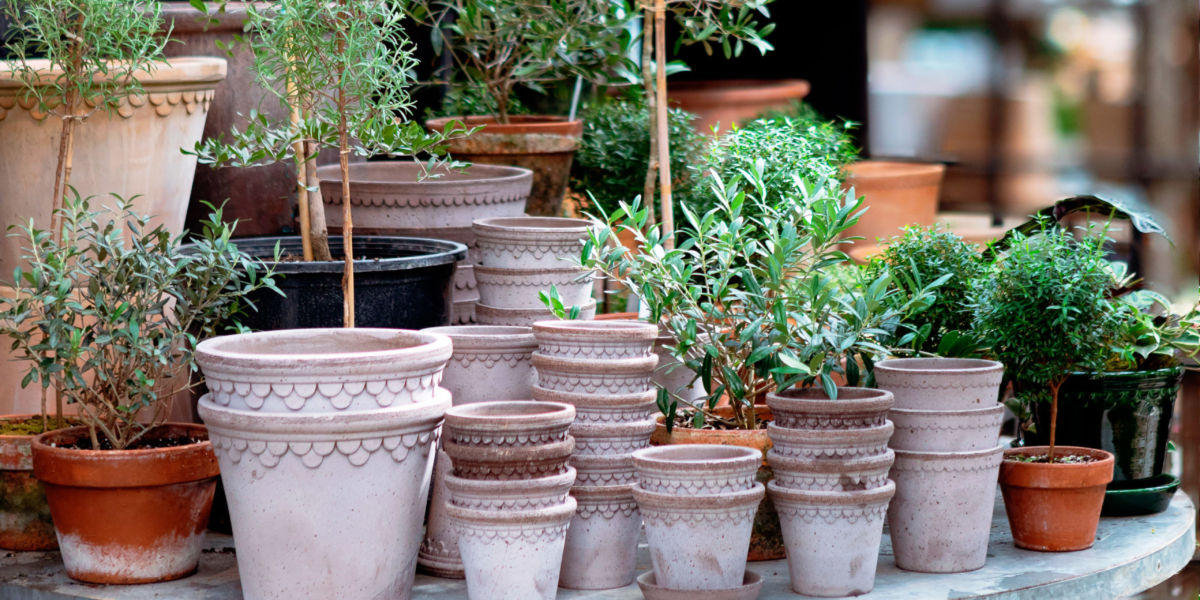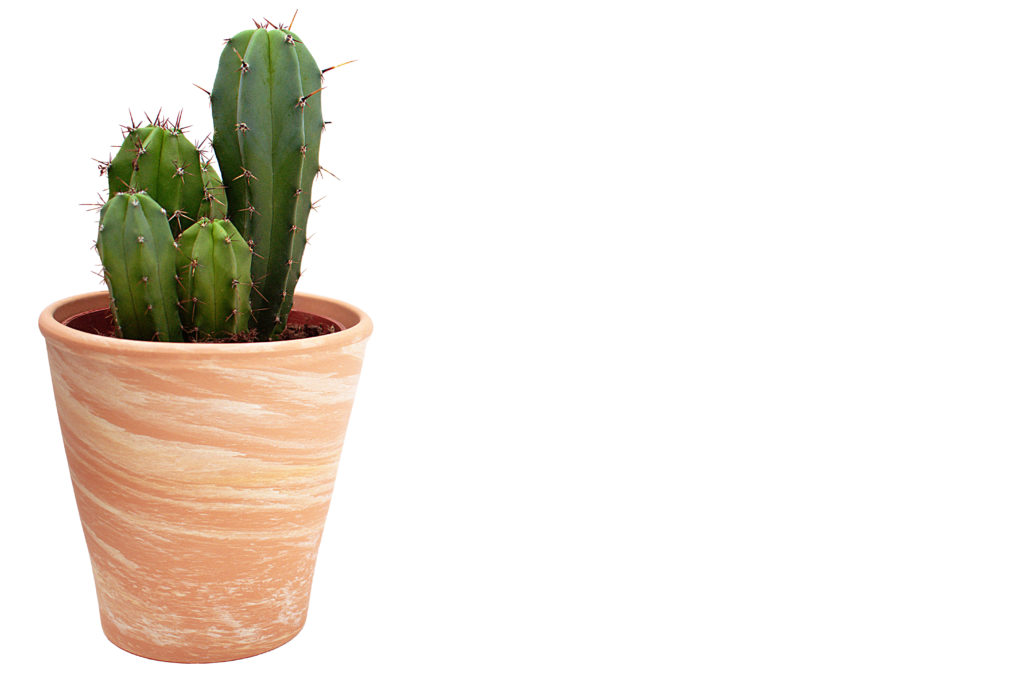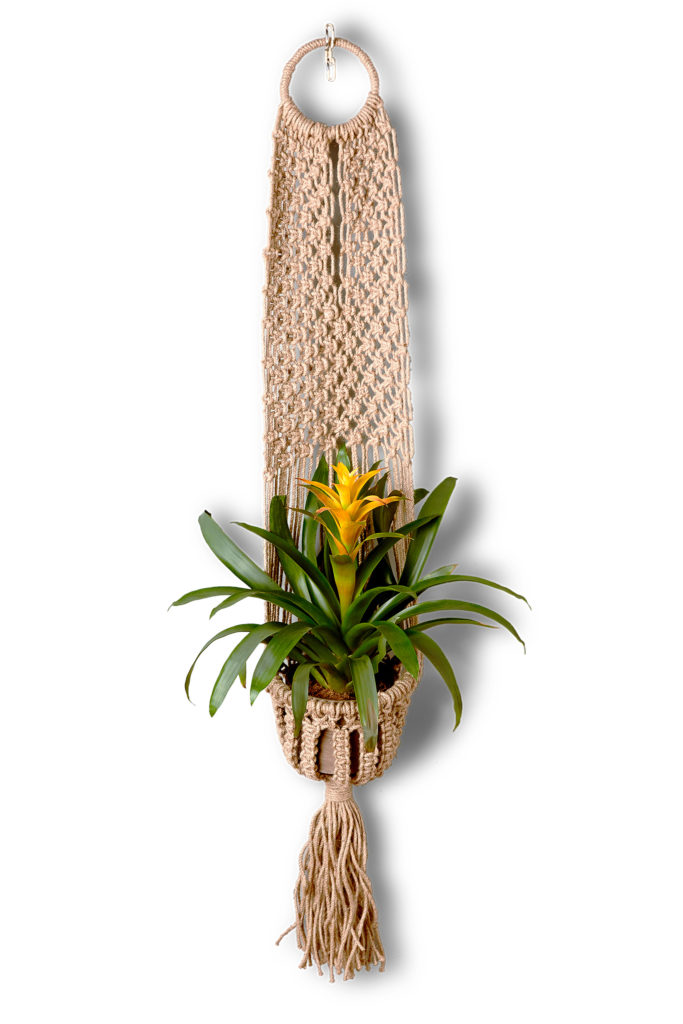
Now Trending: Four Stylish Ways to Display Your Houseplants
Terrariums and macramé are as trendy now as they were four decades ago, but nowadays we have a few more ways to showcase our green thumbs

Be a Pothead

Maud Bocquillod/Unsplash
Terra cotta pots remain the go-to vessel for several reasons: their earthy orange color (which comes from the iron content of the clay used to make them) goes with almost any decor; they’re porous enough to allow roots to get some oxygen; succulents love them. Plastic pots are good for plants that prefer to stay moist; they sometimes look cheap but can be cached inside a prettier ceramic pot. IKEA and Grocery Outlet have great prices on ceramic pots, but check thrift stores too, or try a DIY silicone pot mold (just spoon plaster or concrete into the mold, allow to set overnight, then peel off the mold—the molds can be reused to make more pots).
Bowled Over
A repurposed antique washstand from a flea market is a perfect way to display carnivorous plants and other water-lovers—just add an inch of decorative gravel to the bowl, place potted plants on top, then keep a few inches of water in the basin to keep the bog-loving beauties hydrated and happy. Don’t have the stand for the basin? No problem—use a large, wide bowl instead.
Hang Loose

Courtesy of Anthropologie
Trailing plants tend to look (and perform) best hanging up, but we’ve come a long way since your auntie’s macramé plant hangers. Modern styles in leather or metal are easy to DIY, and ceramic planters with rope hangers already attached add a sleek look to a space. Pro tip: To avoid poking multiple holes in your ceiling, hang a vertical bamboo or driftwood pole from two hooks, then hang plants from the pole (use S-hooks; they make it easy to swap out plants). Another pro tip: To avoid dripping on your floor or couch when you water, make sure you have a good drain tray underneath the pot—you can also hang a large plate and group several small plants on it.
Moss Effect

Lots of epiphytic plants (plants that naturally grow anchored onto trees instead of rooting in the soil) do well on a moss-wrapped pole or even a piece of mossy bark, available in most plant shops (you can also find slabs of bark on the ground in the woods, but be aware it might be some creature’s habitat). Staghorn ferns, air plants, orchids, and Christmas cactus all naturally grow on the trunks of rain-forest trees where warm rains and organic detritus drift their way daily. Reproduce this at home by wiring roots to a piece of moss-wrapped bark or even a plank of wood, and misting daily.
